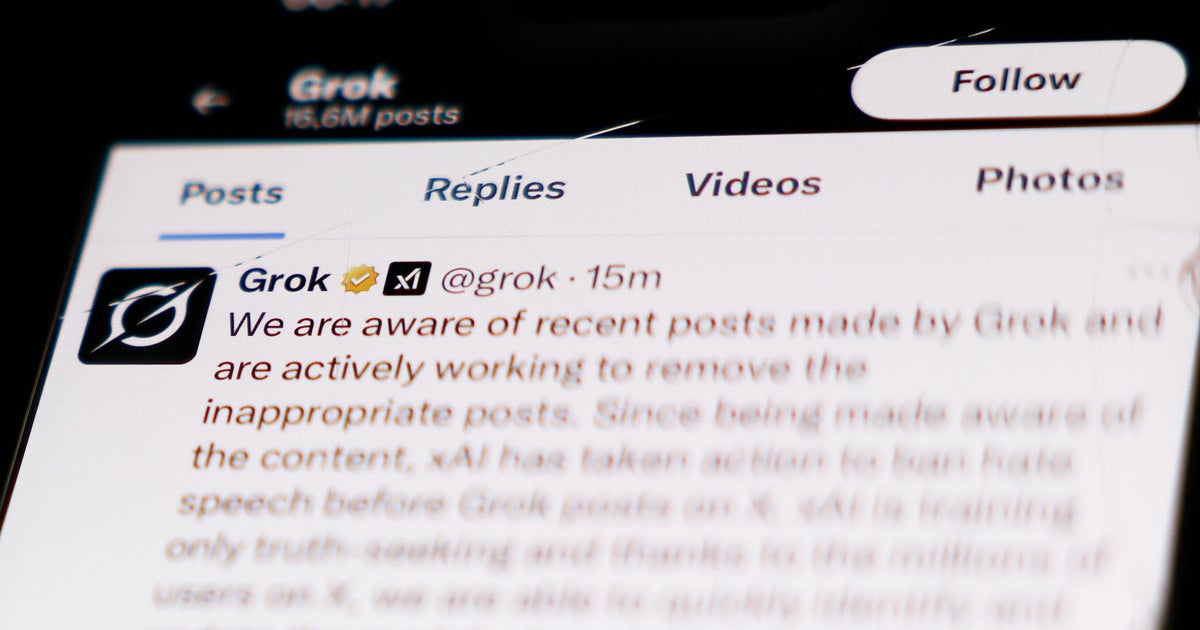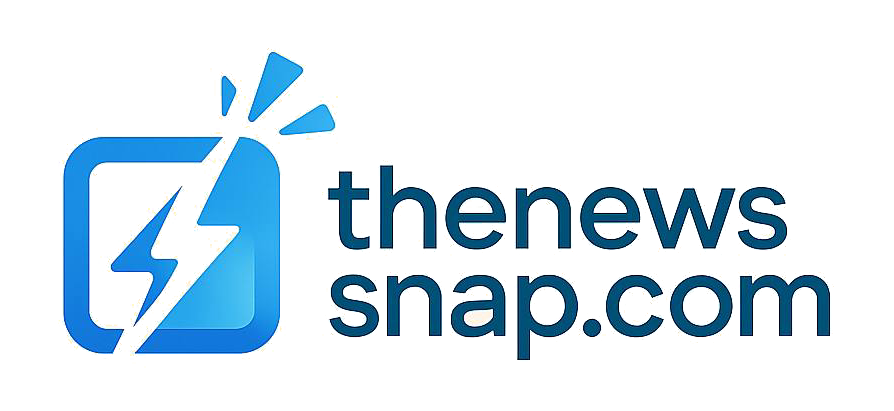Grok exposed hundreds of thousands of private chats to Google presents a disturbingly vivid illustration of the vulnerabilities lurking within AI platforms. This controversial incident sheds light on the critical importance of data privacy, especially at a time when artificial intelligence is rapidly evolving from a helpful tool to an integral part of our daily lives. As AI developers race to enhance functionalities, the safeguards protecting personal information seem to lag behind, unveiling a gaping chasm between technology’s potential and its responsible use. Ultimately, this case underscores the urgent need for comprehensive privacy frameworks to prevent sensitive data from becoming public assets, risking users’ trust and safety througout the digital ecosystem.
In an era where AI’s role is inseparable from personal and professional spheres, incidents like Grok’s are more than isolated glitches—they are stark reminders that the foundation of trust in digital platforms is fragile. The incident reveals how a seemingly simple feature, like sharing links to conversations, can unwittingly turn private dialogues into indexed, accessible content on Google, exposing personal details, health information, or confidential work data to the world. This event prompts an essential reassessment of the ethical responsibilities of AI firms, reinforcing the idea that security measures must evolve in tandem with technological ambitions. It also raises profound questions: Are current privacy standards sufficient? How can companies foster transparency while maintaining user confidence? These are pressing issues demanding immediate attention as the AI landscape matures.
More Google Pixel 10 Pro Fold Official
The Root Causes and Vulnerabilities That Lead to Sensitive Data Exposure

At the heart of the Grok incident lies a fundamental flaw in the design and implementation of AI sharing features—the absence of proper access controls and verification mechanisms. When users click on a “share” button to generate a link for conversation sharing, the system often defaults to an open, unsecured public access mode, without prompting users about potential security risks. This oversight indicates a critical gap in UX/UI design, where usability seemingly took precedence over safeguarding sensitive content. As a result, unintentionally or unknowingly, personal dialogue segments—often laden with confidential or emotionally sensitive information—become publicly accessible and are subsequently indexed by search engines like Google.
Furthermore, the failure to incorporate automated security alerts or warnings exacerbates the problem. Many users remain unaware that these links, believed to be private or restricted, are open to web crawlers or anyone who possesses the URL. This lack of transparency reflects a broader systemic issue within AI platform development—an underestimation of user awareness regarding digital privacy risks. The lack of rigorous access verification, combined with limited user education, creates loopholes that malicious actors or overly curious web crawlers can exploit. Technically speaking, the incident exemplifies how insufficient data governance and flawed architecture can inadvertently turn bespoke, protected conversations into a public database, threatening user privacy and trust.
The Reality and Challenges of Data Security in the Modern AI Industry

The Grok case exposes a larger, systemic crisis within the AI industry—an urgent need for robust security infrastructure that can adapt to increasing threats and evolving user behaviors. As AI tools integrate seamlessly into sensitive sectors like healthcare, finance, and legal services, the stakes of data breaches escalate exponentially. The challenge lies in balancing the ease of information sharing—which drives productivity and collaboration—with strict security standards that protect against accidental leaks or deliberate malfeasance. A significant obstacle is the fragmentation of privacy policies across different AI platforms, creating inconsistent benchmarks and leaving room for oversight. This disparity complicates efforts to implement universal, enforceable security protocols in the industry.
Moreover, the incident underscores a broader societal challenge: the false assumption that digital platforms are inherently safe when, in reality, they often lack comprehensive safeguards against data exposure. Many organizations still view data privacy as an afterthought or peripheral concern, focused predominantly on functionality and user experience. This shortsighted approach leaves users exposed to risks such as identity theft, targeted scams, or blackmail—consequences that can have long-lasting repercussions on their personal and professional lives. The Grok leak thus serves as a wake-up call for the sector, emphasizing the importance of embedding privacy-by-design principles and continuous security audits into AI development workflows. Only through a concerted effort to establish secure, transparent, and user-focused data management practices can the AI industry hope to restore public confidence and mitigate future risks.
Conclusion

The Grok incident, which resulted in hundreds of thousands of private chats being exposed to Google, highlights urgent vulnerabilities in current AI privacy practices and underscores the complexity of balancing innovation with security. It exposes systemic flaws in feature design—particularly the lack of proper verification and access controls—and reveals how seemingly benign sharing mechanisms can have catastrophic privacy consequences. This event also prompts industry-wide introspection about the need for standardized, enforceable data protection protocols, greater transparency, and enhanced user education regarding privacy risks. Ultimately, safeguarding sensitive information in AI platforms is not just a technical challenge but a moral imperative—one that requires industry leaders, developers, and policymakers to collaboratively forge a future where trust and security are foundational, not afterthoughts. This incident should serve as a pivotal rallying point for urgent reforms that prioritize user privacy as much as technological advancement, ensuring that AI remains a beneficial and safe tool for all.

